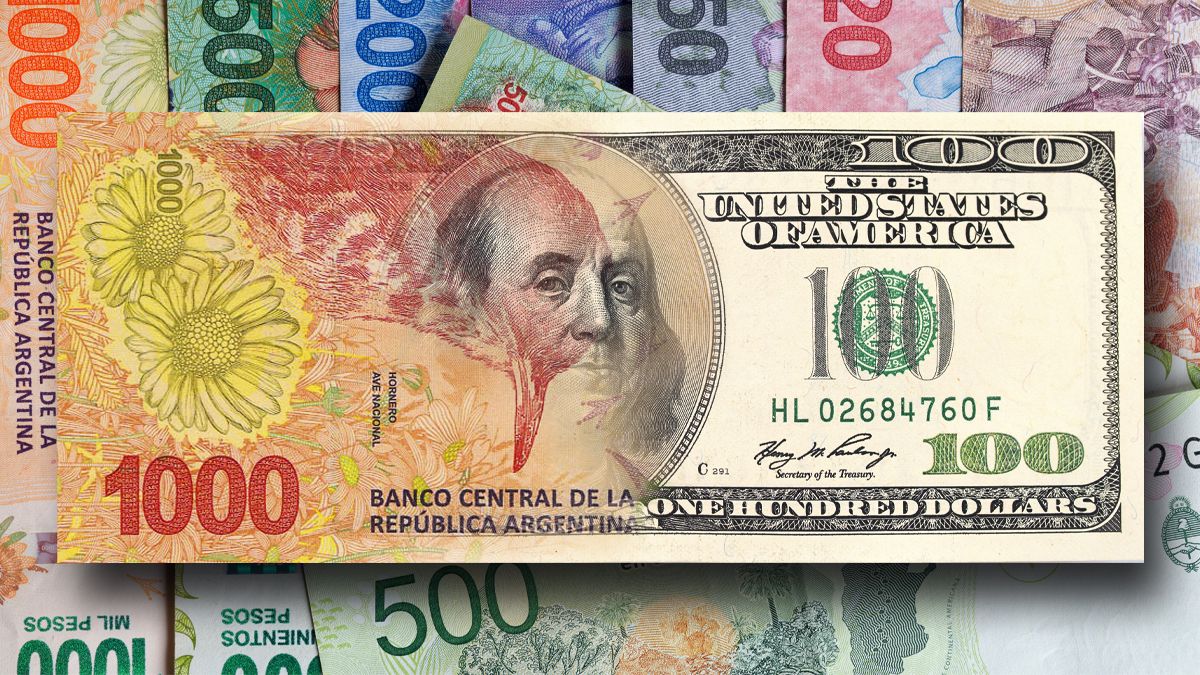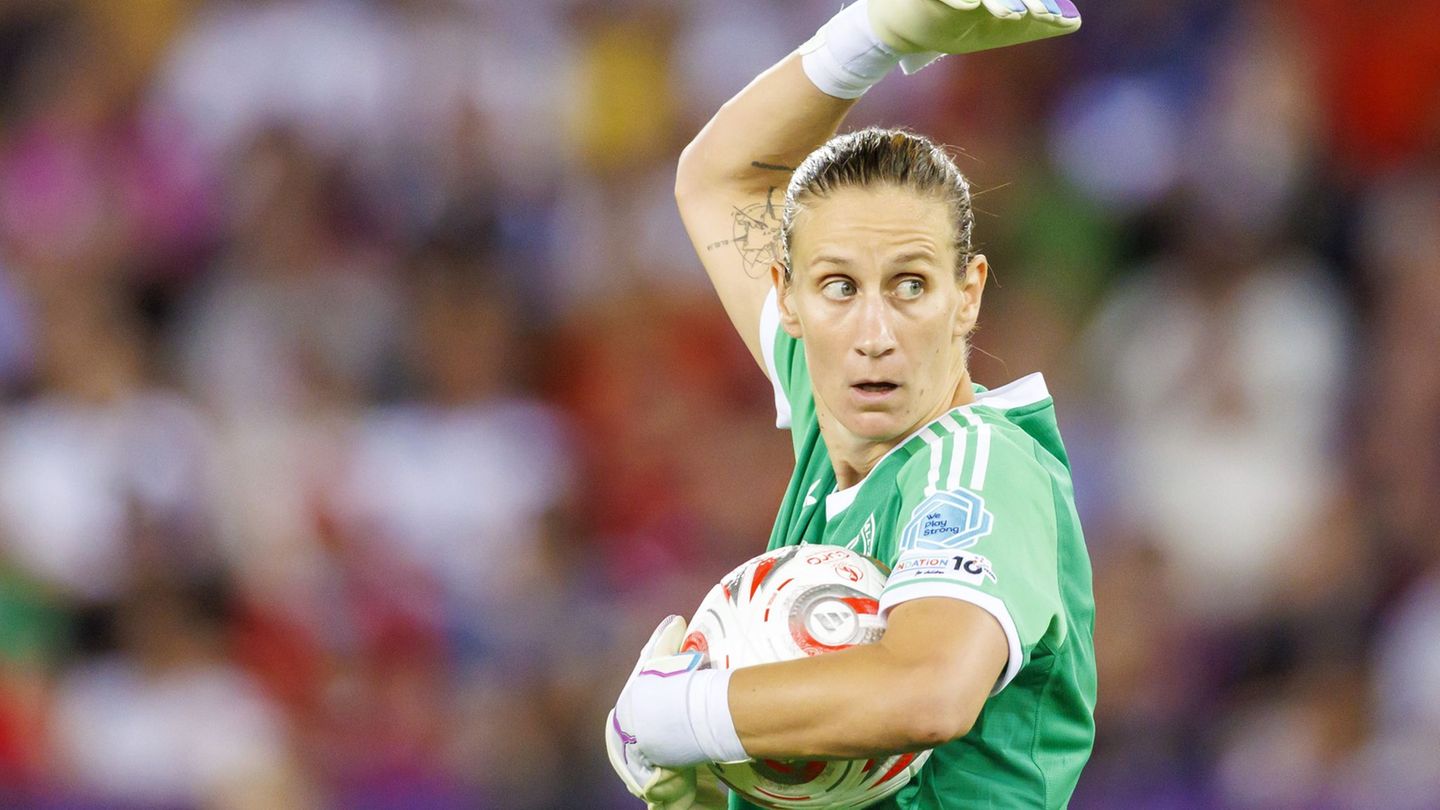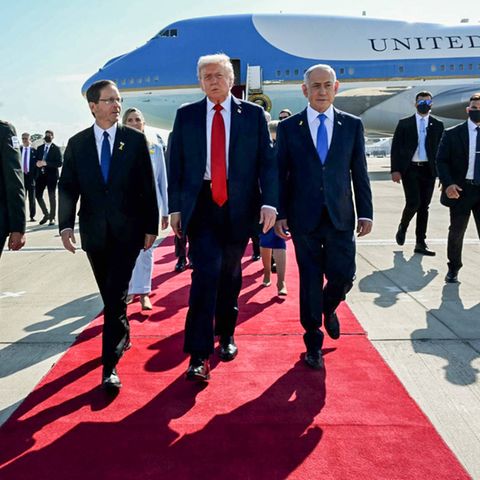This weekend, the Government announced, through the economic team, a series of measures aimed at controlling inflation, which jumped to 8.4% in April, after having stood at 7.7% in March. Among the announcements that were made, one of the ones that generates the most doubts in the City is the one that refers to the evolution of the devaluation of the peso or, what is the same, appreciation of the dollar. What was announced is that the Central Bank (BCRA) will increase intervention in the foreign exchange market and will manage the pace of the crawling peg.
The scant detail that was given of this measure raises doubts in the City. And it is that the Government bets on the surprise factor in this sense, since, as a source explains to Ámbito “these types of measures are not usually anticipated”. Thus, the possibilities, in the current context, are several, as are the rumors.
“I think that they should adjust the crawl upwards because it has become outdated with respect to the inflation data and, now, also with respect to the rates (which rise to 8% per month as of this Monday)”, the director of MyR Consultores, Fabio Rodríguez, told Ámbito. And he explains that this possibility is supported by an analysis of the shortage of reserves and in the view of the International Monetary Fund (IMF), which requires bringing the exchange rate in line with rates and inflation. Thus, he considers that it should accompany the nominal race, which has already passed to a zone of values above 8%.
Rumors about the IMF request for the dollar
As many voices point out, The IMF asks the Government for a 30% devaluation (some even speak of 50%) and assure that this would be implemented in one or three months. Thus, they speculate that the rate of devaluation could be brought to around 10% or more to, initially, and gradually expand it to, cumulatively, reach that level of devaluation in the medium term. The great dilemma that arises in this sense is that this policy is inflationary because the exchange rate is one of the variables that put pressure on prices.
Thus, Rodríguez indicates that other analysts consider that, in an economy with a high nominal run, a stronger signal should be given with respect to the anchor of the official exchange rate. From Equilibra, for example, the economist Lorenzo Sigaut Gravina believes that “if the BCRA validates a monthly 8% for the crawling pegdoes not play as a moderating element of inflation”.
In fact, the BCRA the rate of evolution of peso depreciation decreased so far in May, after speeding it up above the inflationary trend last month. And it is that the Consumer Price Index (CPI) of the National Institute of Statistics and Censuses (INDEC) stood at 7.7% in March and the evolution of the price of the dollar was close to 8.2% per month towards the end of April. Thus, as indicated by Portfolio Personal Inversiones (PPI) in a recent report that the crawling peg it was cut from 165.1% of the Annual Effective Rate (TEA), which averaged on April 26, to 125% (around 7% per month) in the first days of May.
The dollar as an anchor: a valid resource?
This could imply a quest by the monetary regulator to control inflation. And it is that one possibility is that it is decided to use the exchange rate as an anchor for inflation and delay it, as it did during a large part of the administration of Martín Guzmán against the Ministry of Economy. Let us remember that the evolution of the official dollar began to accelerate towards the end of 2021; until then, it was running well behind the price evolution of the economy. But, for Rodríguez, “this is dangerous because it implies more gap and more devaluation pressure forward”.
The truth is that, as Sigaut Gravina points out, now, the BCRA they have room to speed up the crawling peg a little more, but maybe they decide to keep it still. “I think that the BCRA should continue taking it to around 7% to cut an upward streak in prices,” he says.
However, for the economist from the University of Avellaneda Pablo Ferrari, “the evolution of the exchange rate will be given, to a large extent, by the way in which the reserves are managed and their magnitude.” He indicates that the Government is trying to increase them by various means, such as the advancement of IMF disbursements and other multilateral organizations, the use of the yuan for imports of Chinese products and differentiated exchange rates to encourage imports.
And consider that “the result of this set of measures will largely determine the rate of evolution of the exchange ratewhich the Government tries to contain so that it does not impact an overloaded inflationary process ”.
The big problem it has today, however, is that, in the words of the economist from Santiago Manoukian, the measures go back to the problems and, although they may have some positive impact in the immediate term, “the current context, marked by the inflationary uncertainty and the strong drought, which affects the possibility of attracting new dollars for the BCRA reserves, makes the margin of action of the measures increasingly tight”.
Source: Ambito




